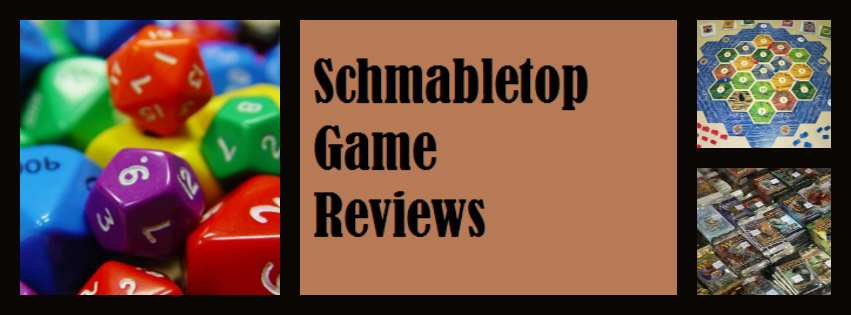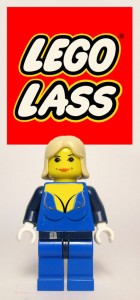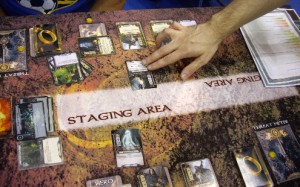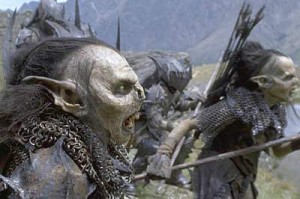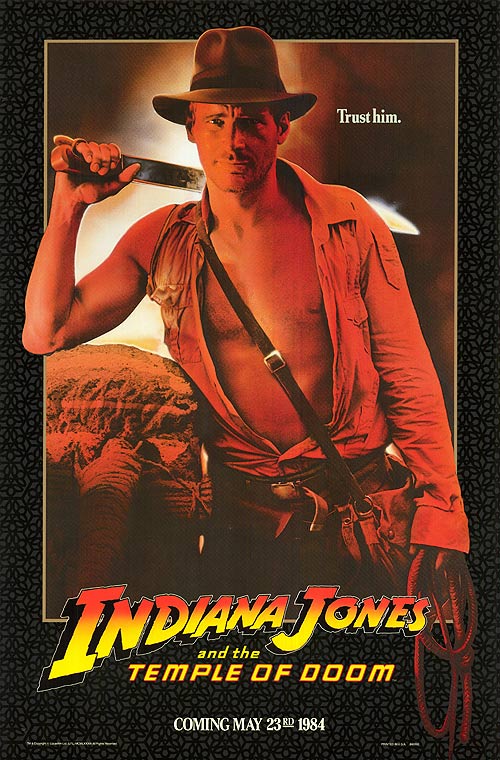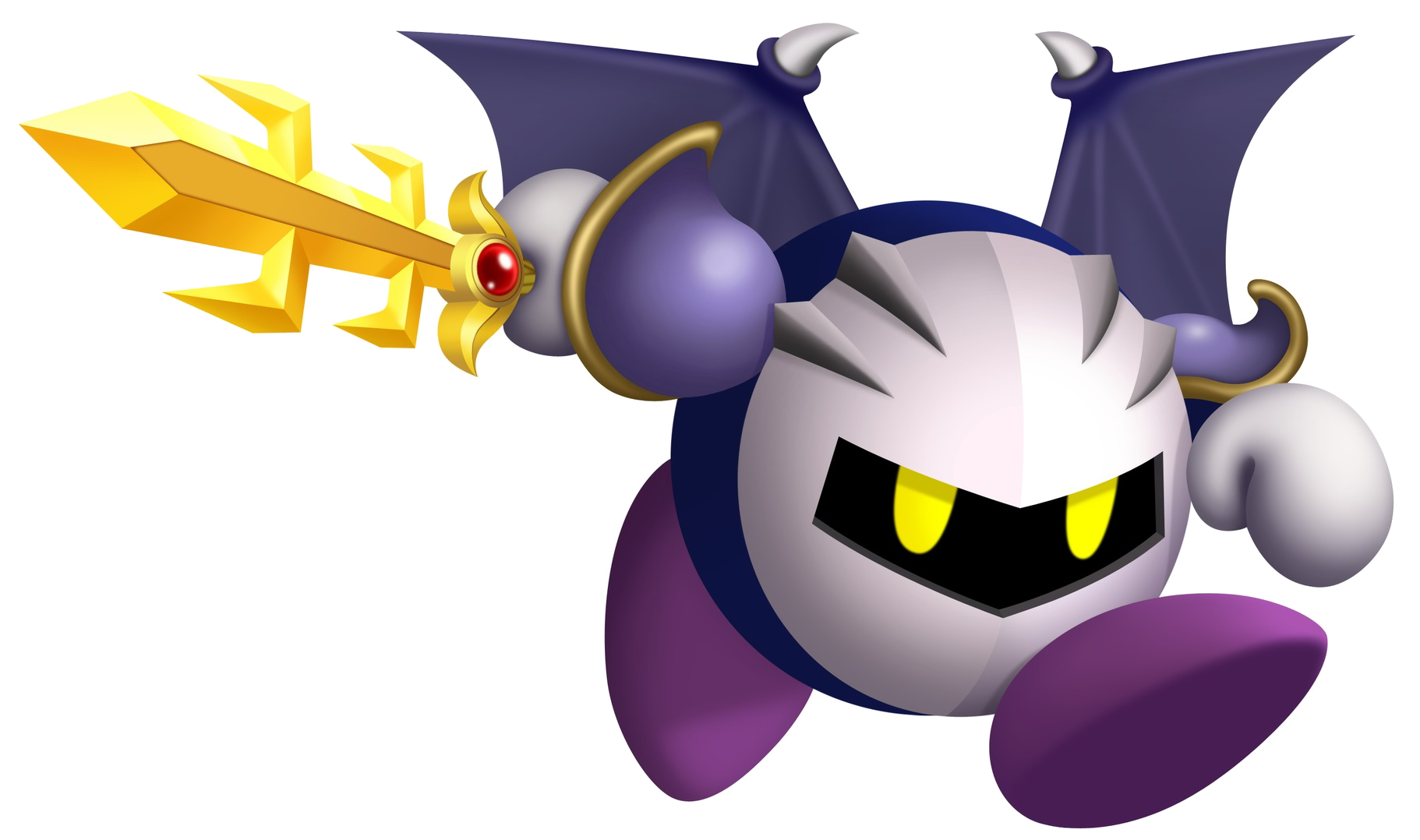Schmabletop Review: Lord of the Rings: The Card Game
Do you enjoy Lord of the Rings? Since you’re reading an online gaming chance, there’s a statistical probability of duh that you do. How about card games? Well, you’re reading a review of tabletop games so unless you’re vehemently dice only (like some kind of dice hipster – I bet you liked Yahtzee before it was cool) then you probably do.
Well, I’m here to tell you that you can have both at the same time in one of the most fun co-op tabletop games I’ve tried to date!
Lord of the Rings: The Card Game is a fantastic tabletop game where you and (optionally) a group of your friends attempt to pass a series of objectives before you get bogged down by orcs or other nasties. The game is a ton of fun, and should be enjoyable even for those who don’t enjoy Lord of the Rings because the game mechanics are well balanced and smooth. For the LOTR lore junkies out there the game is an even better treat because the cards pull inspiration from a wide variety of characters and also from The Silmarillion and other LOTR companions rather than simply rehashing the plot points that were put into the movies. Yes, you have Aragorn, Gimli, Legolas, etc. but you also have the chance to play with characters like Prince Imrahil, Brok Ironfist and others.
Fair warning, though, if you prefer to game when you have 99 lives and unlimited powerups and don’t find enjoyment in the occasional, massive failure then this game isn’t for you. There are times when you’ve been playing for an hour, spent twenty minutes coming up with a plan and then will draw the perfect storm of “it’s time to just go sit in a corner and cry.” But this game is some of the most fun I’ve had getting mauled to death by hill trolls.
Lord of the Rings: The Card Game
Gameplay:
If you’ve played card games before, the actual game mechanics should come pretty easily to you. If you haven’t then it might take a little while to get your feet wet, but I’ve played with guys that don’t do a lot of tabletop gaming and they picked it up quickly. The player cards are divided into four different “spheres,” each with a set of characters and support cards. The game comes with starter decks for each sphere to make it playable right out of the box, but you can mix and match spheres into combined decks if you want (though support cards are limited to being played on heroes of a like sphere, so mixing will give you more to watch out for.)
Play consists of a series of phases. The first several phases let you take action to prepare your played hand (consisting of three heroes and any allies you play after that). Heroes accrue one “resource” token per turn which pays either for actions or to put new cards down. For example, Gandalf takes 5 tokens to play so you wouldn’t be able to use Gandalf until turn two at a minimum.
After preparing yourselves you then have to “quest.” Questing is how you advance in the game (usually, sometimes you have to kill certain monster cards first). Each hero and ally has a certain amount of questing power, and the number you must meet will depend on which monsters are drawn into play. Problem is, you commit your heroes to the quest before you draw monsters, and heroes who quest cannot perform other actions or defend themselves from monster attacks, and there are also other cards that may cancel some of your questing powers. It’s very easy to think you’re going overkill on a quest and, several cards later, find yourself totally screwed.
After questing (regardless of your success or failure), you then fight. Monsters attack players based on their current “threat,” which is initially based on your heroes (the combat heavy decks have high threat so they can tank), but can be raised at any time by certain cards. This means really powerful monsters can be left in the staging area without attacking players, but the more monsters you leave there the more questing you need so it’s a challenge to balance out.
The game has several game mechanics that work to keep it interesting. Your threat raises by at least one every turn, and if any player reaches 50 they’re immediately out of the game, so there’s sort of a built in timer (and prevents decks with lots of warriors from just upping their threat to take all the monsters). You also have to draw additional monster cards if you play with multiple people, meaning you can’t just find four friends and gang up on a stage.
Games are also “scored,” based on a myriad of factors, so if you keep track you can go online and compare how well you fared with other players.
Setup:
Setup is fairly minimal if you want to just play with the starter decks. There’s different “quests,” each with a series of challenges to try, but all of the monster cards have an icon on them and setting up the scenario is as simple as pulling out all the monster cards with the appropriate symbol. Of course, like any card game, you can put as much preparation into setup as you want to to create your perfect deck.
Expansions:
There are a ton of expansions for the game, ranging from different starting sets to packs of cards to add to your playable deck that include new scenarios. If you like the game, you can find a lot of ways to keep it new and entertaining.
Cost:
It’s pretty standard money-wise to other tabletop games. The base set is a little more expensive (around $30) than most other card games, but that’s probable because it has some extra accouterments. Technically, if you want to play with more than two people you’re supposed to have two base sets (to get more threat counters and monster cards), but I routinely play with four people and only one set by using pen and paper to keep track of threat and reshuffling the monster deck more often.
Bottom Line:
Of the games I’ve personally reviewed on here, this one is probably my favorite and the one I’ve had the most fun with. It works equally well as a single player or a co-op game, is wonderfully made, has quests that you can play through in half and hour or longer ones that can last for much longer (the longest I’ve played on one quest so far is four hours) and has tons of expansions to keep things fresh. I highly recommend this to everyone, and it’s almost a must if you’re in the crossover section of a LOTR/Card Games venn diagram.

